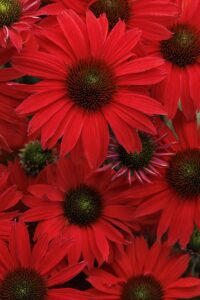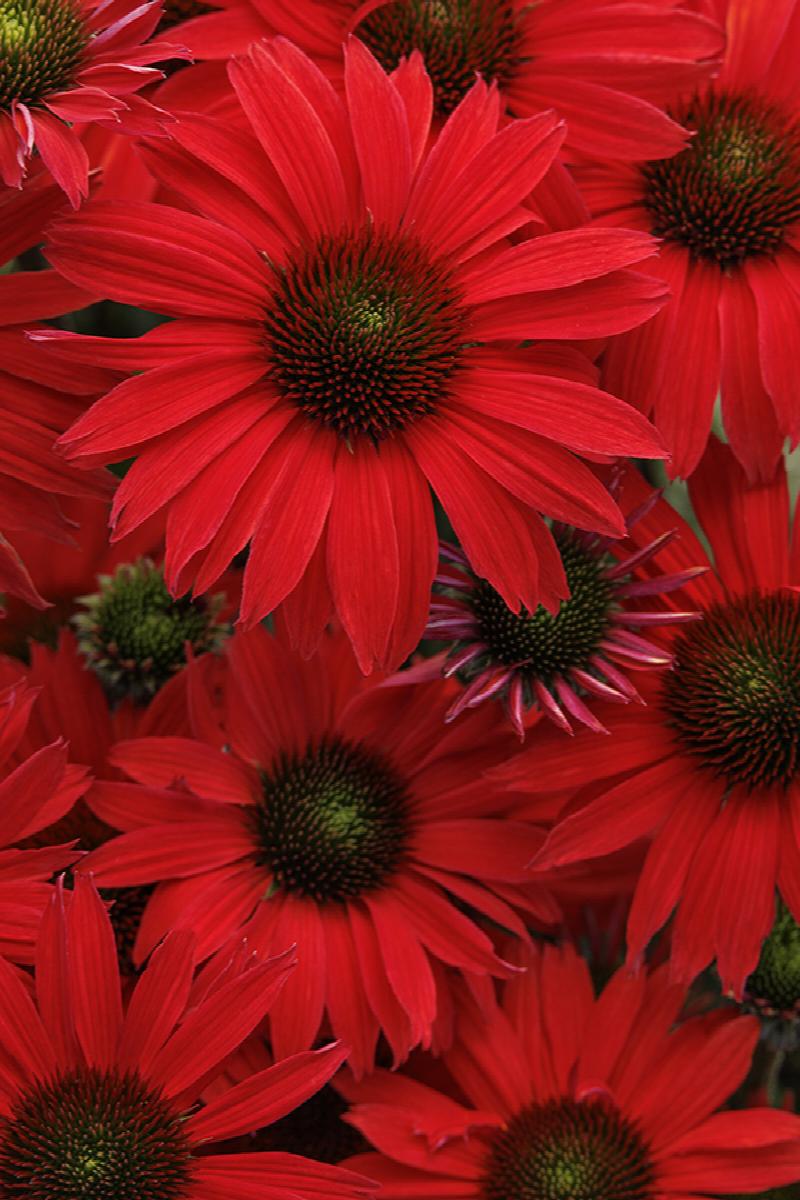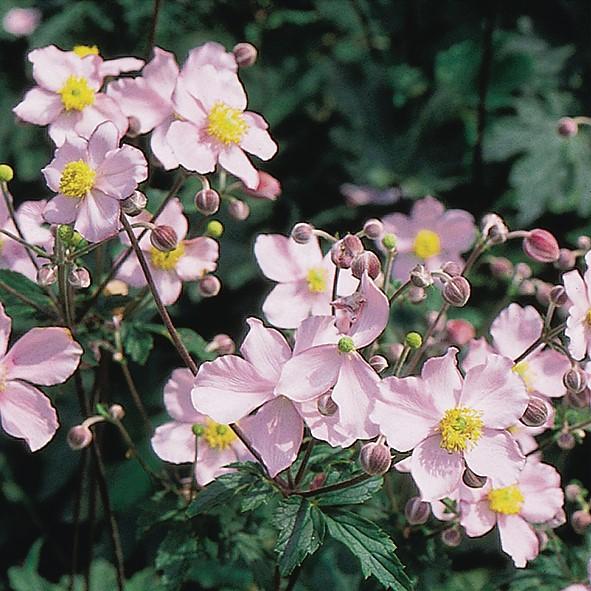Description
 Echinacea Kismet™ Red
Echinacea Kismet™ Red
Kismet™ Red Coneflower
This charmer dazzles with red flowers that age to sunset orange. Button centers dotted with green mature to towering cinnamon-hued cones. A golden glow of yellow peeks around the cone. Echinacea Kismet® Red is an abundantly flowering showstopper. Electrifying! The Kismet® Series of Echinacea is noted for its abundant large flowers, fabulous habit, and continuous flowering from summer to frost. It’s hard to imagine a sunny perennial border without Coneflowers. Butterflies love the flowers; birds love the seed, and we love the long-lasting bouquets.
Height Short 16-18″
Spacing Plant 24″ apart
Bloom Time Early Summer to Mid-Fall
Sun / Shade Full Sun to Mostly Sunny
Zones 4-9
Soil Type Normal, Clay
Water Needs Low
Special Features
- Beneficial for Pollinators
- Attracts Butterflies
- Good for Cut Flowers
- Deer Resistant
- Long-Blooming
- Winter Interest
Planting Sites
- Hot Dry Site Tolerant
- Humidity Tolerant




Reviews
There are no reviews yet.